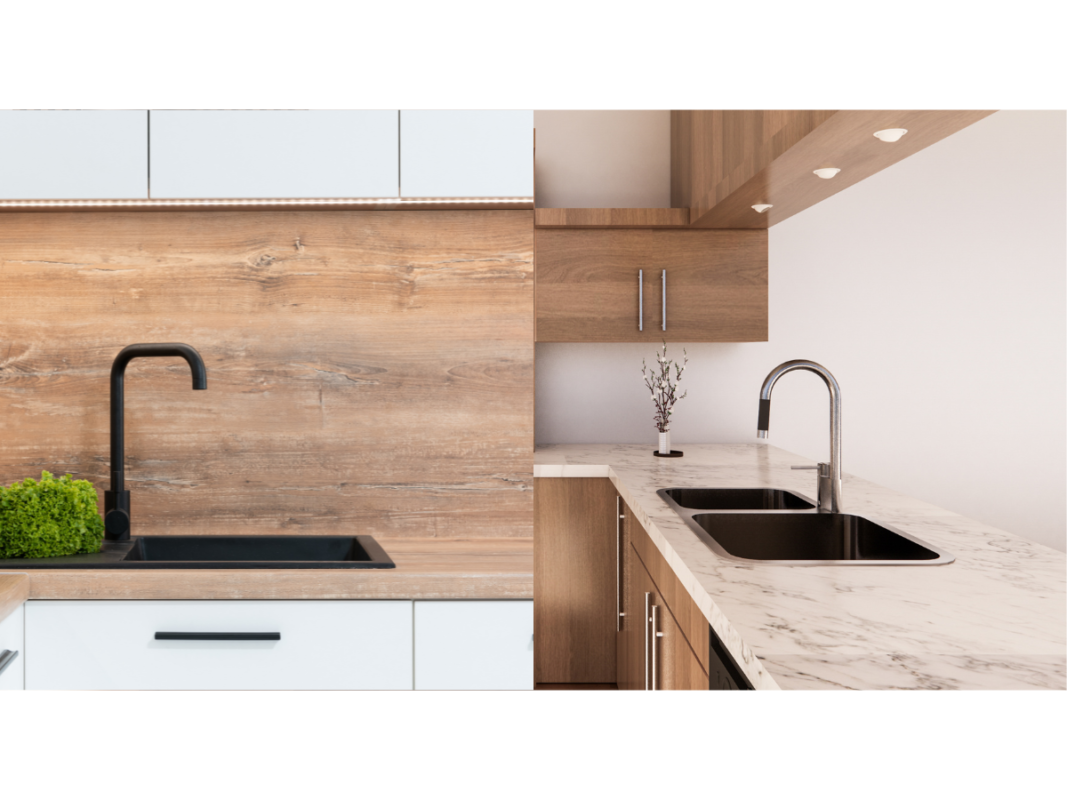Kitchen Sink
Single Bowl Vs. Double Bowl Sinks: Pros And Cons
The Sink Debate: Single Bowl Vs. Double Bowl
When it comes to kitchen sinks, one of the key decisions you’ll have to make is whether to go with a single or double bowl design. Each has its benefits and drawbacks, and the best choice for you will depend on your personal preferences and kitchen habits.
Single Bowl Sinks: Simplicity and Space
Pros of Single Bowl Sinks
Single bowl sinks have one large basin. They offer plenty of space to wash large pots and pans that might not fit in a double bowl sink. For small kitchens, a single bowl sink can save counter space, and installation can be simpler compared to a double bowl sink.
Cons of Single Bowl Sinks
One potential drawback of single bowl sinks is the lack of separation. If you prefer to wash dishes on one side and rinse on the other, a single bowl sink won’t provide that convenience.

Double Bowl Sinks: Versatility and Efficiency
Pros of Double Bowl Sinks
Double bowl sinks have two basins separated by a partition. This design allows for multitasking – you can use one side for food prep and the other for washing dishes, or one side for soaping and the other for rinsing.
Cons of Double Bowl Sinks
On the downside, each basin of a double bowl sink is typically smaller than a single basin sink, which can make washing large items a bit more challenging. They also require more counter space and a more complex installation.

In conclusion, the choice between a single bowl and a double bowl sink depends on your personal preferences, cooking habits, and the space available in your kitchen. Each type has its pros and cons, so it’s important to consider what features are most important to you in your daily kitchen activities.
 USD
USD CAD
CAD
